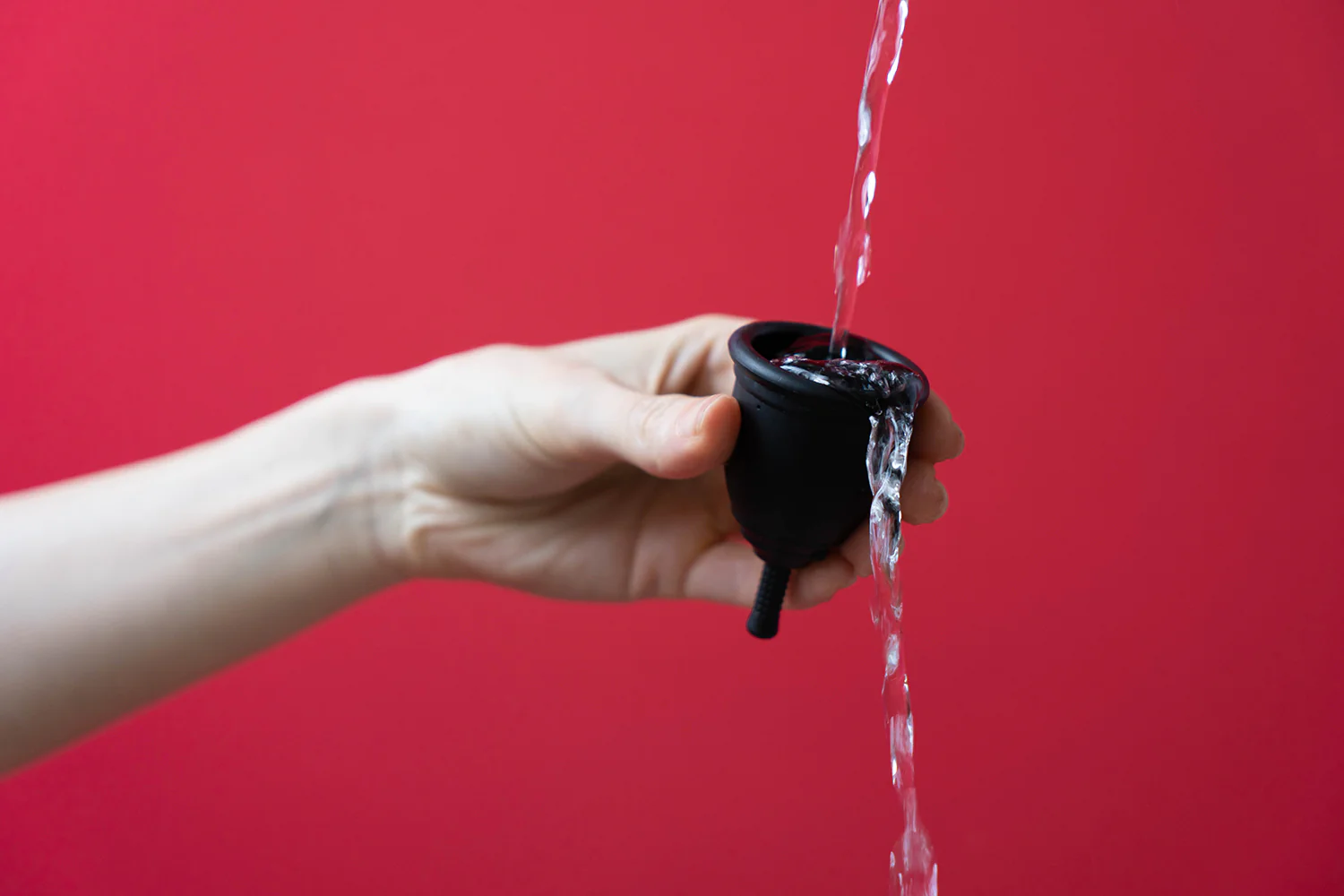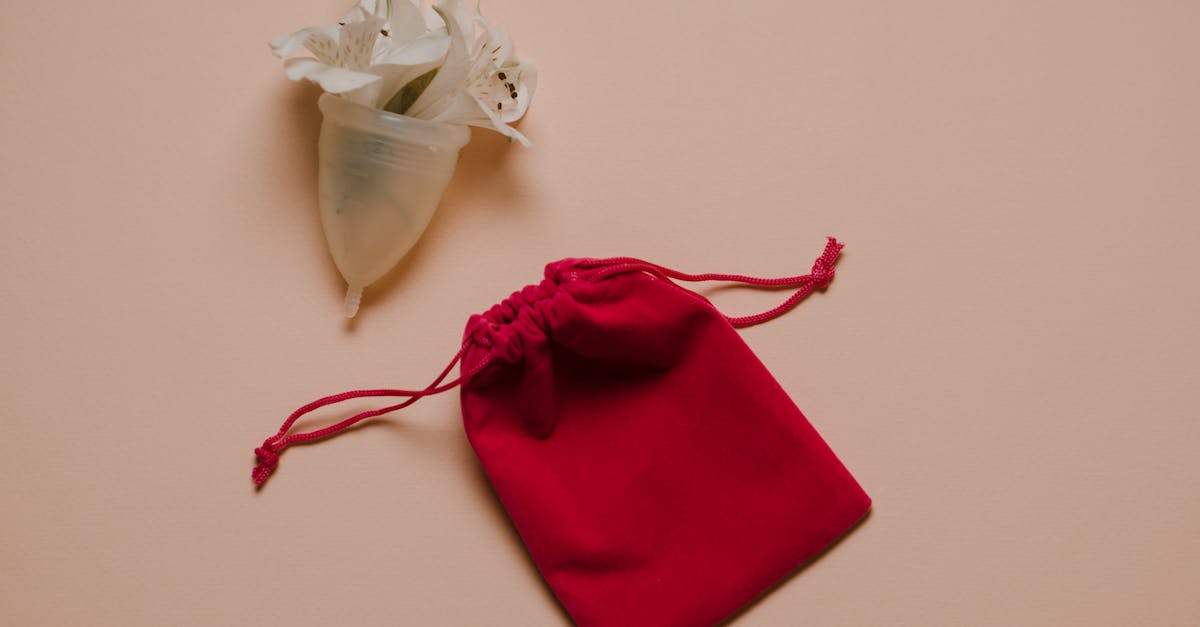Are menstrual cups reusable? This is a question that many women have when considering their options for menstrual products. At first glance, reusable pads and menstrual cups may seem like ideal choices for a healthy, zero-waste lifestyle. However, it’s important to understand the net advantages of using menstrual cups versus reusable pads. In this article, we will explore the benefits of menstrual cups and why they may be a better option for both your health and the environment.
When it comes to sustainability, menstrual cups have a clear advantage. Unlike reusable pads, which may need replacement every 1-5 years, menstrual cups are designed to last for up to 10 years. This means that by using a menstrual cup, you can significantly reduce the amount of waste generated from your period products. Not only does this save you money in the long run, but it also contributes to a more eco-friendly lifestyle.
But the benefits of menstrual cups go beyond just sustainability. They also offer a higher level of convenience and comfort. Unlike reusable pads, which need to be washed and dried after each use, menstrual cups only require emptying, rinsing, and reinsertion. This means less time spent on laundry and more time for you to enjoy your day without worrying about leaks or discomfort.
So, if you’re looking for a reusable menstrual product that is not only better for the environment but also offers convenience and comfort, menstrual cups are the way to go. In the following sections, we will dive deeper into the specifics of how menstrual cups work and why they are a popular choice among women worldwide.
Contents
Are Menstrual Cups Reusable?

When it comes to sustainable period products, menstrual cups are a popular choice among women worldwide. But are menstrual cups reusable? The answer is a resounding yes! Menstrual cups are designed to be reusable, making them a cost-effective and eco-friendly alternative to disposable pads and tampons.
Unlike disposable menstrual products that end up in landfills, menstrual cups can last for years with proper care. In fact, a single menstrual cup can last up to 10 years! This means you only need to invest in one cup, saving you money in the long run. On the other hand, reusable pads typically need to be replaced every 1-5 years, depending on the brand recommendations and how well they hold up to frequent washes.
The longevity of menstrual cups is one of their biggest advantages. By using a cup, you significantly reduce the amount of waste generated from your period. In fact, it is estimated that a single woman can create over 10,000 disposable pads and tampons in her lifetime. By switching to a reusable cup, you can make a substantial impact on reducing waste and protecting the environment.
Aside from their environmental benefits, menstrual cups also offer convenience and comfort. Unlike reusable pads, which require laundering and can sometimes lead to leaks and discomfort, menstrual cups only require emptying, rinsing, and reinsertion. This makes them a hassle-free option for women on the go, providing freedom and peace of mind throughout the day.
Menstrual cups are not only reusable but also offer a range of benefits. From their long lifespan and reduced waste to their convenience and comfort, it’s no wonder why more and more women are making the switch. So if you’re looking for a sustainable and practical alternative to disposable period products, give menstrual cups a try. You’ll be making a positive impact on the environment and your own well-being.
Common Misconceptions about Reusability

Myth: Menstrual Cups Cannot Be Reused
One common misconception about menstrual cups is that they cannot be reused. However, this couldn’t be further from the truth. Menstrual cups are specifically designed to be reusable, making them a sustainable alternative to disposable menstrual products.
Unlike tampons or pads, which are typically used once and then thrown away, menstrual cups can be used for up to 10 years with proper care and maintenance. This means that you can save a significant amount of money over time by investing in a menstrual cup.
Myth: Reusable Menstrual Cups Are Unhygienic
Another misconception surrounding reusable menstrual cups is that they are unhygienic. This is simply not the case. In fact, menstrual cups are made from medical-grade silicone or latex, which is non-porous and easy to clean. This material helps prevent the growth of bacteria, making them a hygienic option for menstrual care.
To maintain the hygiene of your menstrual cup, it is important to follow the manufacturer’s instructions for cleaning and sterilizing. Most cups can be easily cleaned by rinsing them with warm water and mild soap after each use. Additionally, many brands offer sterilization options such as boiling or using sterilizing tablets to ensure the cup is thoroughly clean.
It’s important to note that proper hygiene practices, such as washing your hands before and after handling the cup, are essential when using any menstrual product. By following the recommended cleaning and maintenance guidelines, you can ensure the continued hygiene and safety of your reusable menstrual cup.
Myth: Reusable Menstrual Cups Are Uncomfortable
Some individuals may believe that using a menstrual cup is uncomfortable. However, this is often based on misconceptions or lack of familiarity with the product. In reality, many women find menstrual cups to be more comfortable than traditional disposable options.
Menstrual cups are designed to fit inside the vagina, forming a seal that prevents leaks. Once inserted correctly, you should not feel any discomfort or sensation that the cup is there. In fact, many users report that they forget they are even wearing a menstrual cup.
Furthermore, because menstrual cups are made from flexible materials, they can adapt to your body’s shape and movements, providing a comfortable and secure fit. Unlike tampons, which can sometimes cause dryness or irritation, menstrual cups do not absorb natural vaginal fluids, helping to maintain the vagina’s pH balance and overall comfort.
It is important to address the common misconceptions surrounding the reusability of menstrual cups. Contrary to popular belief, menstrual cups are reusable, hygienic, and comfortable options for menstrual care. By debunking these myths, women can make informed choices about their menstrual health and contribute to a more sustainable future.
Here are the firsthand experiences of five women who have chosen to re-use menstrual cups:
- Sarah: “I’ve been using the same menstrual cup for over three years now, and it’s been a game-changer for me. Not only is it incredibly convenient and cost-effective, but it also feels much more comfortable than traditional tampons or pads. I just rinse it out with warm water and mild soap after each use, and it’s good to go. It’s amazing to think that I’ve saved so much money and reduced waste by simply reusing a single cup.”
- Emily: “I was initially hesitant to try a menstrual cup because I thought it would be unhygienic. But after doing some research, I learned that they are made from medical-grade silicone, which is non-porous and easy to clean. I’ve been using my cup for two years now, and I haven’t had any issues with odor or infections. It’s been a game-changer for me, and I love knowing that I’m making a positive impact on the environment.”
- Jessica: “Switching to a menstrual cup was a bit of a learning curve for me, but once I got the hang of it, I couldn’t imagine going back to disposable products. The cup is so much more comfortable and reliable. I’ve used the same cup for four years now, and it still works like a charm. Cleaning it is a breeze, and I love that I’m not contributing to the billions of pads and tampons that end up in landfills every year.”
- Megan: “As someone who enjoys outdoor activities like hiking and swimming, using a menstrual cup has been a game-changer. I no longer have to worry about changing pads or tampons in the middle of nowhere. The cup is so easy to use and maintain. I’ve been using mine for five years now, and it’s still as good as new. It’s been a sustainable and convenient solution for me.”
- Alexis: “I made the switch to a menstrual cup two years ago, and I can confidently say that it was the best decision I’ve ever made for my period. The cup is so comfortable that I often forget I’m wearing it. Not to mention the money and waste I’ve saved over the years. It’s been a real game-changer for me, and
Conclusion
By debunking misconceptions and sharing firsthand experiences, it is clear that menstrual cups are a convenient, cost-effective, comfortable, and reliable option for managing menstruation. Not only are they designed to be reusable, lasting up to 10 years, but they also contribute to a more sustainable future by reducing waste. Contrary to popular belief, menstrual cups are hygienic and made from non-porous materials that are easy to clean. They adapt to the body’s shape and movements, providing comfort throughout the day.
The positive impact on the environment cannot be understated, as menstrual cups significantly reduce the amount of waste generated compared to disposable menstrual products. Additionally, using menstrual cups allows for the freedom to engage in outdoor activities without the worry of leaks or discomfort.
By choosing to use menstrual cups, women can make informed choices about their menstrual health while also making a positive impact on the planet. With their reusable nature and long lifespan, menstrual cups are a sustainable and practical solution for managing menstruation.
How do I know my menstrual cup is full?
Check the cup’s capacity, compare it to your usual flow, and listen to your body for any pressure or discomfort indicating it’s time to empty the cup.
What do gynecologists say about menstrual cups?
Gynecologists recommend menstrual cups for all age groups as they are eco-friendly, budget-friendly, maintain vaginal pH and eco flora, and prevent infection.
What happens if you don’t boil your menstrual cup?
Boiling is not the only way to sanitize your cup. You can use sterilizing tablets or steam it following the manufacturer’s instructions.
What is the white stuff on my menstrual cup?
Signs that your cup has reached its lifespan include foul odor, heavy staining, and a white powder residue or flaking.
What is the disadvantage of menstrual cups?
Insertion can be difficult, especially for younger individuals or those who have never had intercourse. Using a cup with an IUD can also dislodge the IUD strings.
I am a medical student with experience and interest in Women’s health and well-being.